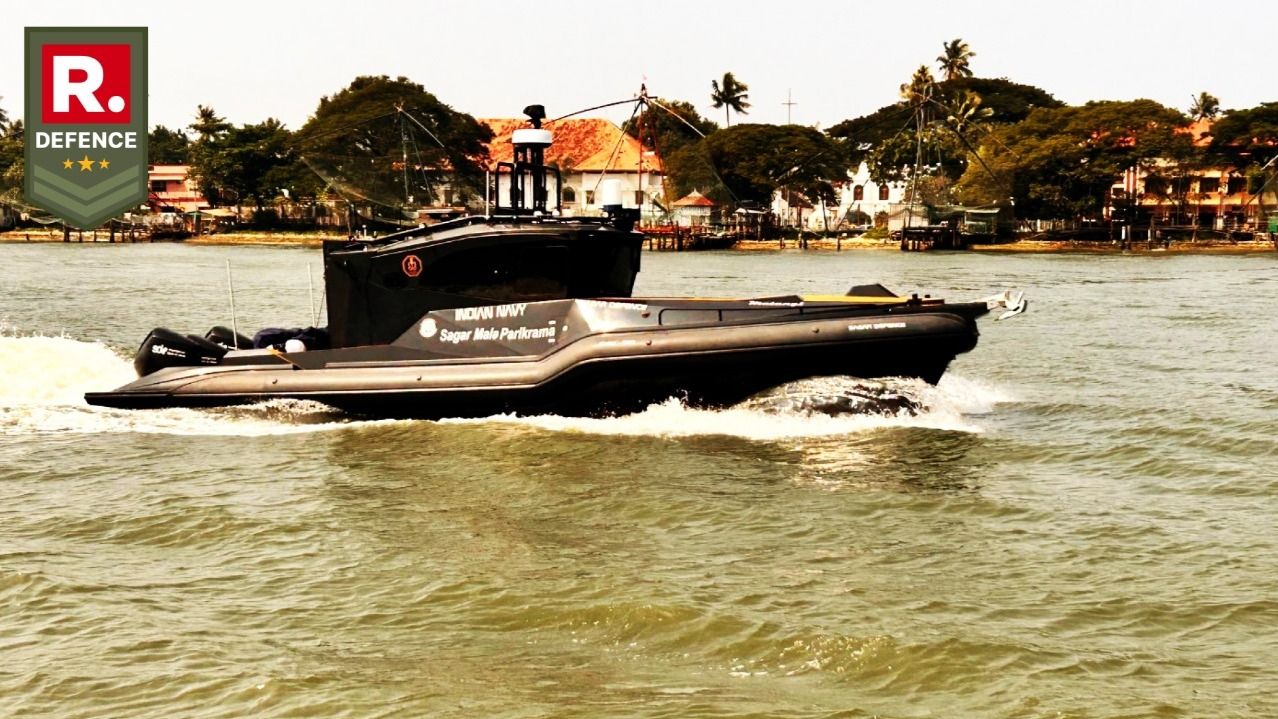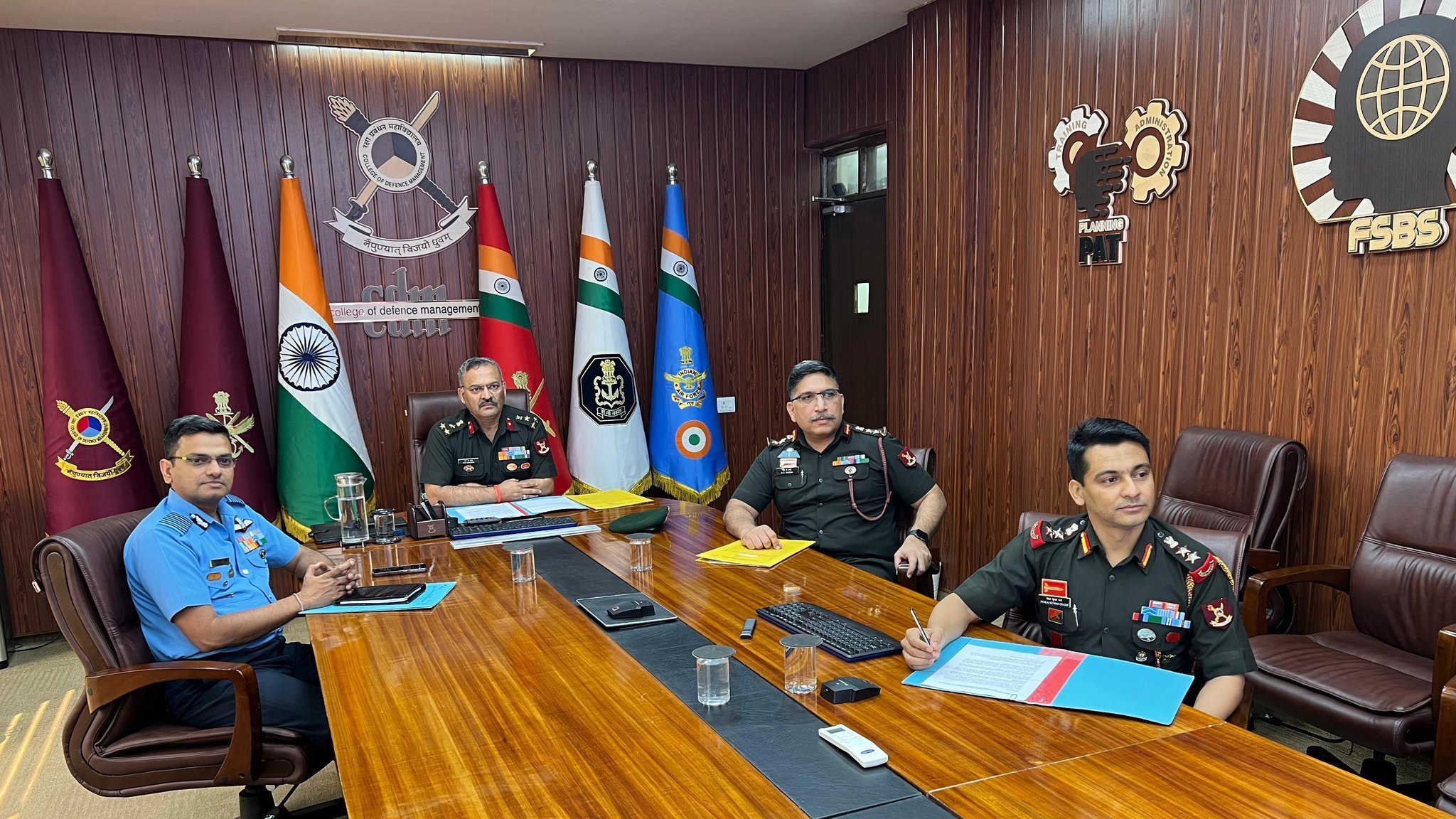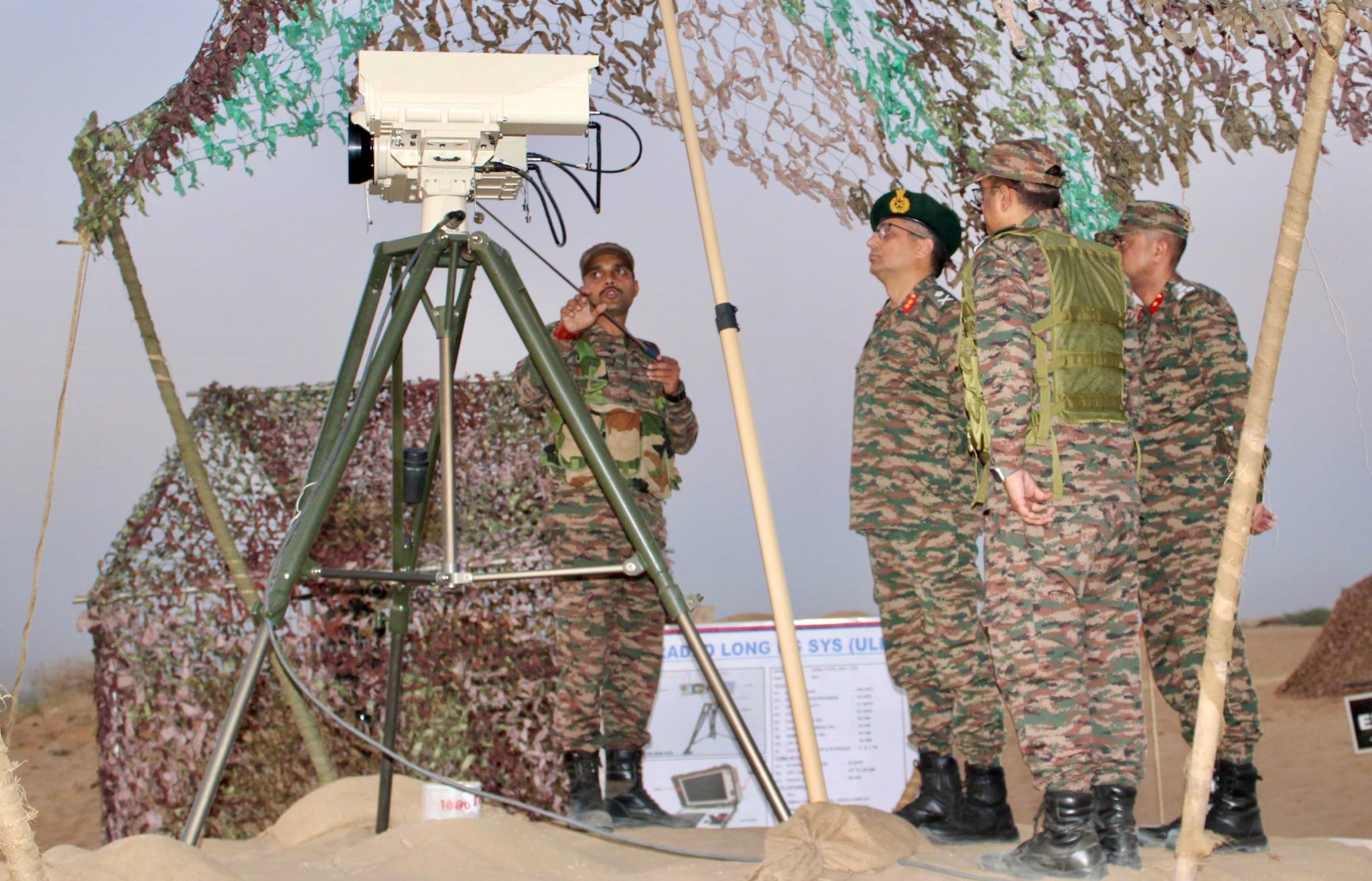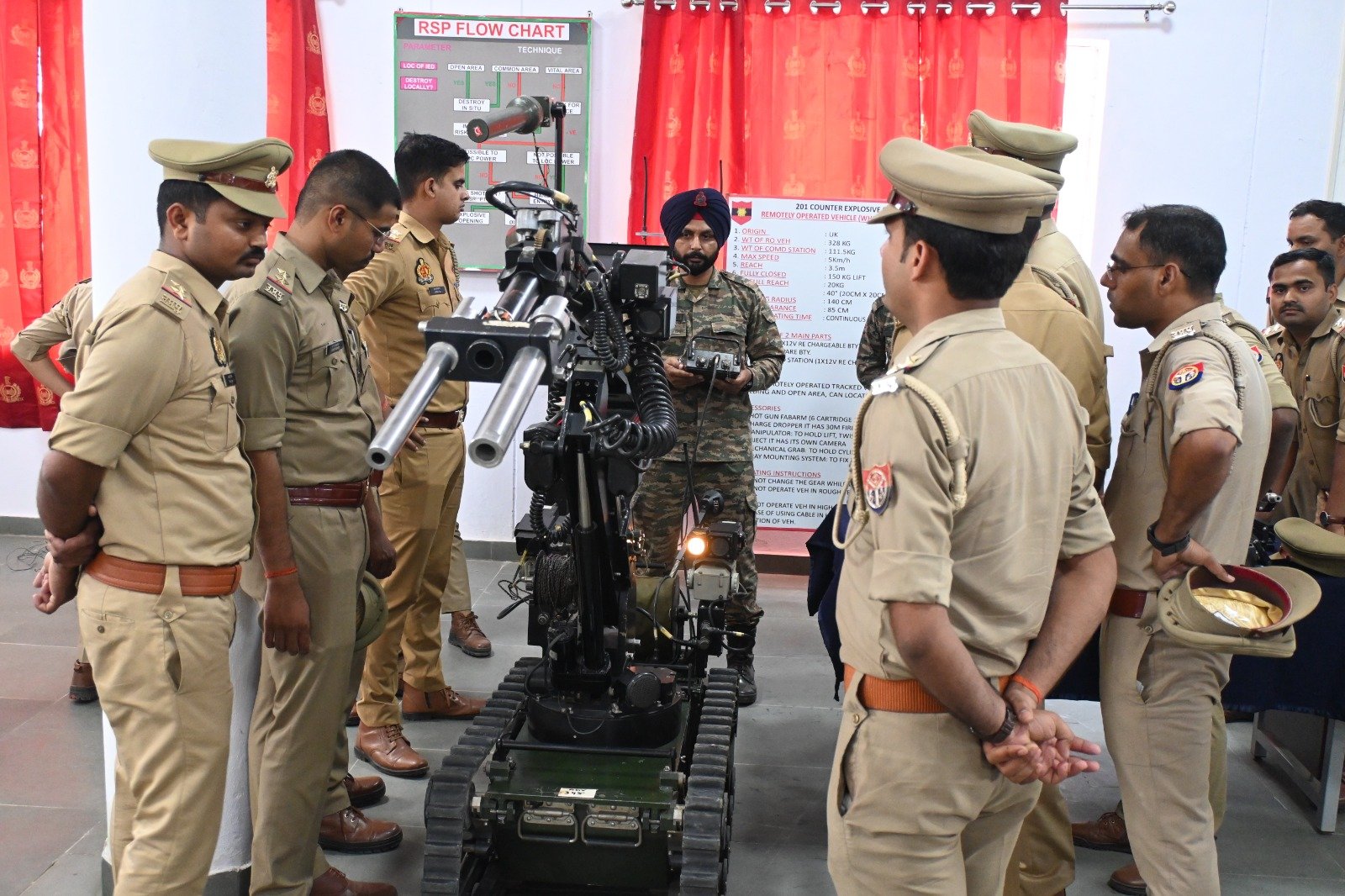Mumbai, India – The Indian Navy’s “Sagarmala Parikrama” mission achieved a significant milestone as the autonomous surface vessel, Matangi, successfully navigated the first leg of its sea passage from Mumbai to Karwar. This voyage, spanning approximately 600 kilometers (350 nautical miles), underlines India’s advancements in maritime technology, specifically in autonomous naval engineering, spearheaded by local startups and micro, small, and medium enterprises (MSMEs).
The Matangi was officially launched on October 29, 2024, during the Swavlamban 2024 event, with Defence Minister Rajnath Singh presiding over the ceremony. The vessel is on an ambitious mission that ultimately aims to cover 850 nautical miles (1500 kilometers) all the way to Tuticorin. Notably, the Matangi operates completely autonomously, utilizing India’s indigenous navigation and collision avoidance software, exemplifying a pioneering feat in maritime autonomy. This technological achievement stems from the innovative contributions of Sagar Defence Engineering, a rising player in India’s defense technology sector. Their success showcases India’s commitment to innovation and self-reliance aligned with the Atmanirbhar Bharat initiative.
The project underscores India’s dedication to leveraging homegrown technology in defense applications, paving the way for advancements that could transform naval warfare, maritime security, and surveillance capabilities. As Matangi progresses on its journey, it epitomizes India’s increasing technological sophistication, dovetailing with the ethos of Swavlamban 2024, which champions “strength and power through innovation and indigenization.”
Autonomous surface vessels (USVs) like Matangi are becoming increasingly vital in modern military operations, where precision and adaptability are paramount. In a complex geopolitical landscape, USVs fulfill crucial roles, including intelligence gathering, especially in high-risk or difficult-to-reach areas. Their autonomous capabilities prove essential in monitoring contested waters, much like the unmanned platforms utilized in the ongoing Russia-Ukraine conflict for reconnaissance activities within the Black Sea.
With geopolitical tensions rising globally, particularly in sensitive regions such as the South China Sea, the deployment of USVs for anti-submarine warfare (ASW) missions is gaining traction. These vessels, equipped with advanced sonar and anti-submarine technology, work in tandem with manned and unmanned platforms to pinpoint and track underwater threats, minimizing risks to personnel while ensuring thorough surveillance of critical maritime areas.
Furthermore, USVs serve as mobile communications relays, critical for maintaining coordination among naval units in geographically dispersed operations. In regions like the Gulf, USVs such as the Sea Hunter enhance communication stability, providing essential support during naval operations, especially in environments where traditional communication channels may be compromised.
The role of USVs in mine countermeasures is equally vital in areas where naval mines present significant hazards to manned vessels. Equipped with sonar and AI-driven classification systems, USVs can autonomously detect and neutralize mines, thereby facilitating safer passage for larger ships and reducing the exposure of personnel to risky mine-clearing tasks.
Recent conflicts have also shown that USVs can be adapted for offensive operations, including precision strikes against naval assets. For instance, Ukraine’s use of explosive-laden USVs to target Russian vessels highlights their strategic potential in undermining adversary naval capabilities. These platforms, characterized by stealthy navigation and effective payload delivery systems, represent an impactful approach to maritime combat.
The importance of intelligence, surveillance, target acquisition, and reconnaissance (ISTAR) capabilities in modern military scenarios cannot be overstated. The Chinese Navy’s deployment of USVs in the Taiwan Strait exemplifies their efficacy in real-time intelligence gathering. With high-endurance sensors and secure data transmission, these platforms provide actionable intelligence to military command centers, enhancing situational awareness and enabling proactive responses to potential threats.
As the Matangi continues its journey, its successes and capabilities could herald a new era in naval operations, reaffirming India’s position as a leader in maritime technology and emphasizing the critical role of autonomous vessels in future military engagements.












